-
-
Services
Reservation Services
VIP Services
-
Business Travel
-
About Iran
History of Tabriz
Tabriz, located in northwestern Iran, is one of the country’s oldest and most historically significant cities. Serving as a capital for various dynasties, including the Ilkhanids and the Qajars, Tabriz has long been a center of commerce, culture, and art. Its strategic location along historic trade routes, including the Silk Road, helped shape its rich cultural heritage and diverse architecture.
Cultural and Historical Attractions
Tabriz is home to numerous historical sites and cultural landmarks. Visitors can explore the Tabriz Historic Bazaar Complex, a UNESCO World Heritage Site known for its traditional architecture and vibrant marketplace. Other attractions include the Blue Mosque (Masjed-e Kabud), Arg-e Tabriz (Tabriz Citadel), and beautiful traditional houses like the Constitutional House. The city also hosts several museums, parks, and cultural centers reflecting its artistic and historical significance.
Surrounding Attractions and Nature
The region around Tabriz offers a variety of natural and historical sites. El Goli (Shah Goli) Park provides a picturesque lake and recreational area within the city, while Sahand Mountain offers hiking and breathtaking scenery. Nearby historical sites include Kandovan Village, famous for its unique rock-hewn homes, and Babak Castle, a fortress perched atop a mountain that played a key role in Persian history. Tabriz combines urban culture, historical richness, and natural beauty, making it a compelling destination for travelers.

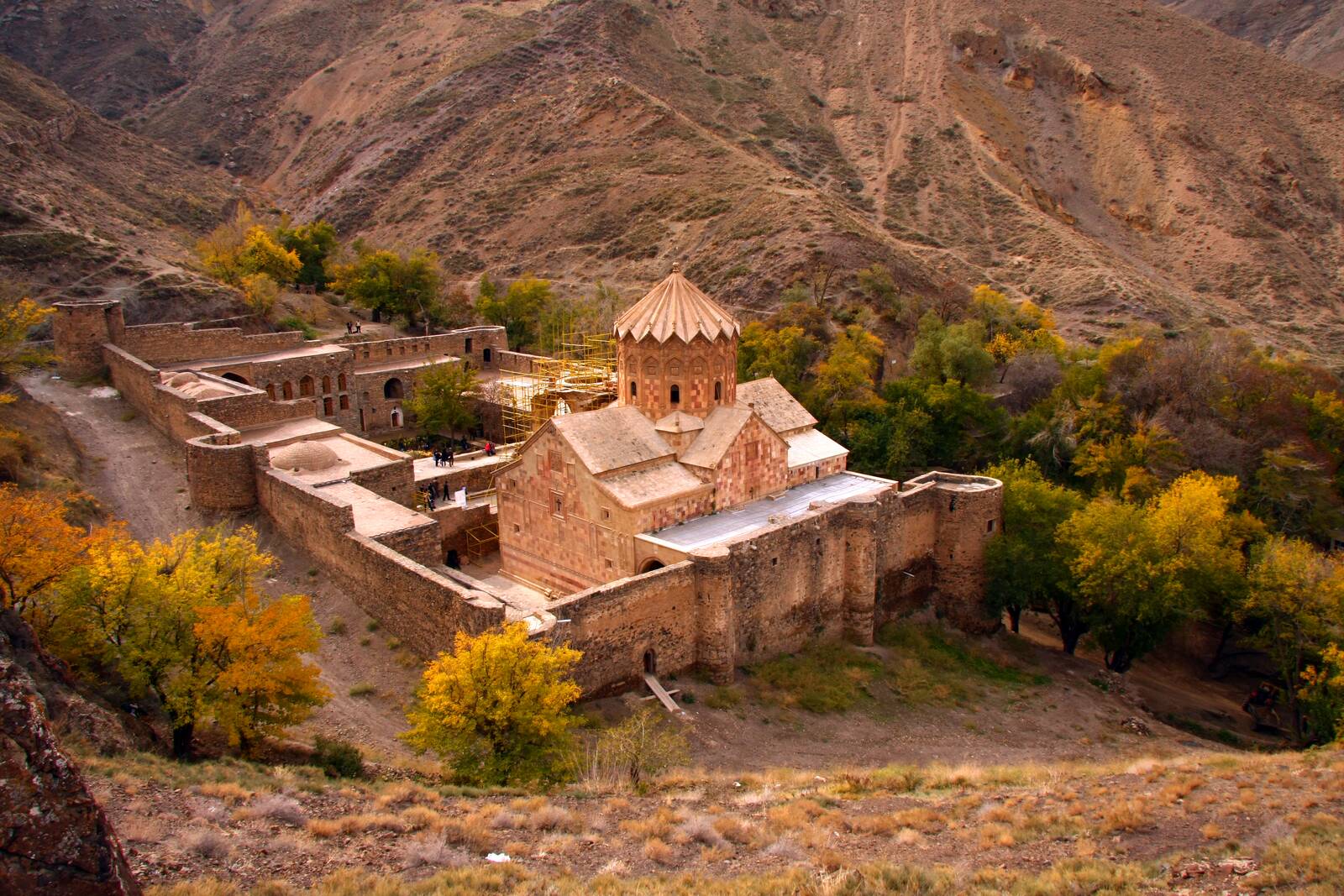
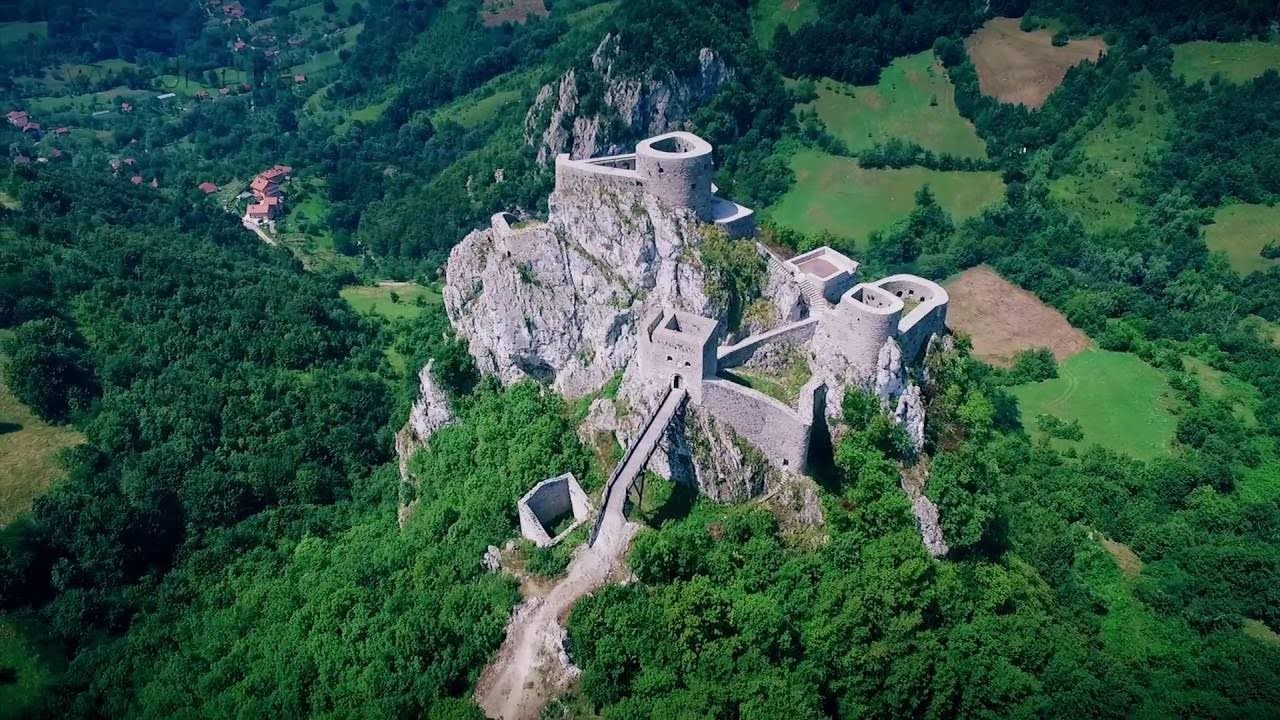
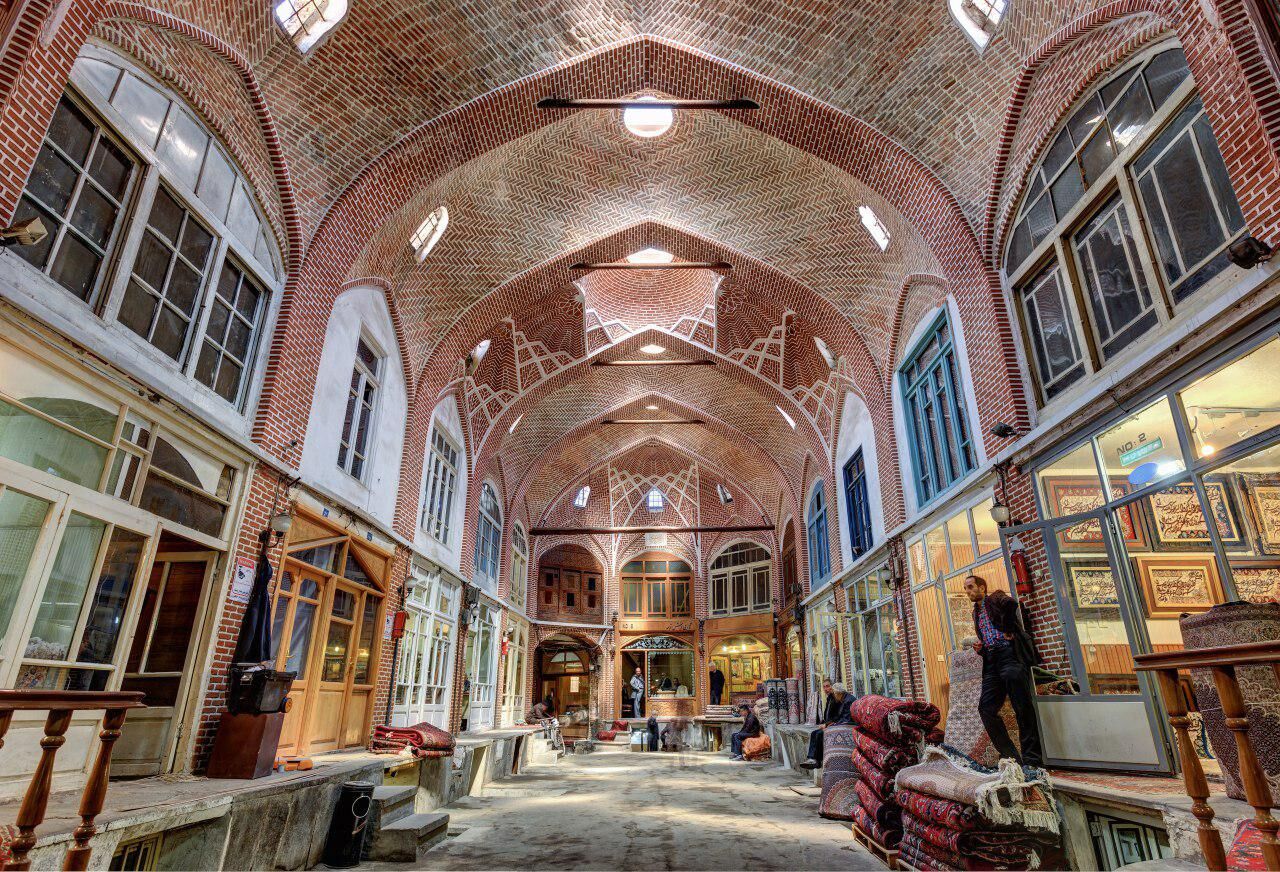
Tabriz Grand Bazaar is one of the oldest and largest covered markets in the Middle East and a UNESCO World Heritage Site. Dating back several centuries, the bazaar is famous for its traditional architecture, vaulted corridors, and vibrant atmosphere. Visitors can explore a wide variety of goods including Persian carpets, spices, handicrafts, and jewelry, while experiencing the rich commercial and cultural history of Tabriz.
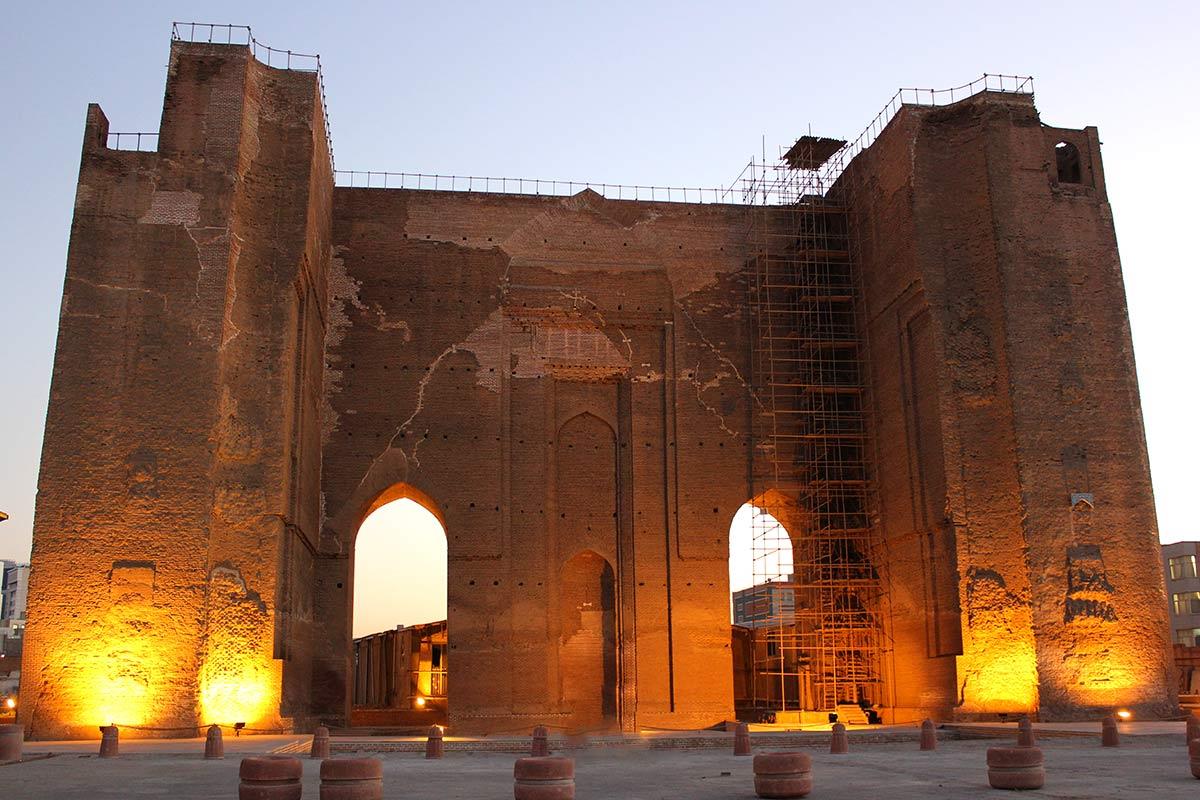
Tabriz Citadel (Arg-e Tabriz) is a historic fortress located in the heart of Tabriz, dating back to the 14th century. Once a military stronghold and defensive structure, the citadel has witnessed numerous historical events and changes in power throughout the city’s history. Visitors can explore its remaining walls and structures, gaining insight into Tabriz’s strategic importance and architectural heritage during medieval times.

The Blue Mosque (Masjed-e Kabud) in Tabriz is a stunning example of 15th-century Persian-Islamic architecture. Famous for its intricate blue tile work, delicate calligraphy, and elaborate geometric patterns, the mosque has earned the nickname “Turquoise of Islam.” Despite suffering damage from earthquakes over the centuries, it remains a cultural and historical landmark, attracting visitors and scholars interested in Persian art and architecture.
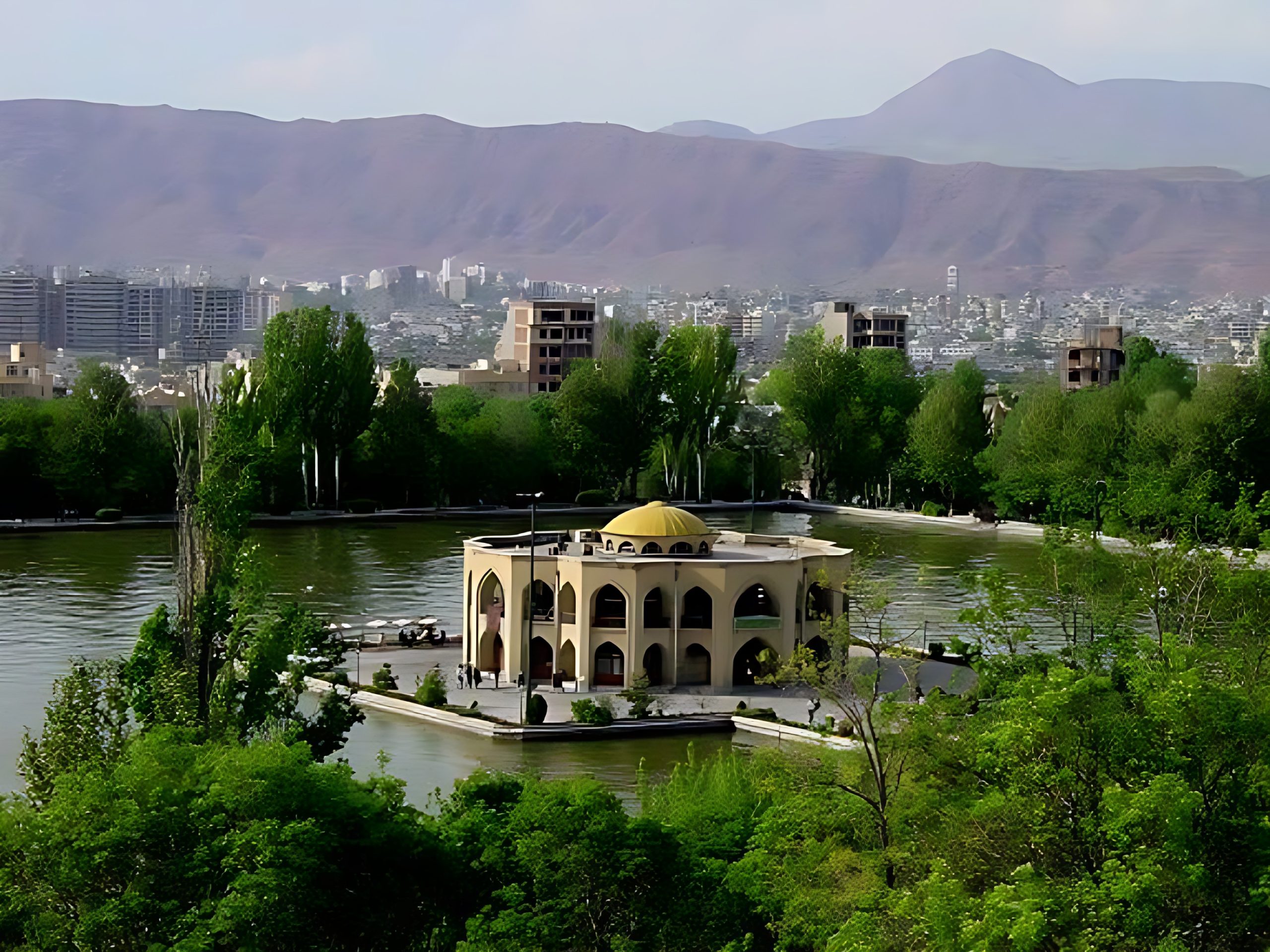
El Goli Lake, also known as Shah Goli, is a beautiful recreational area located in Tabriz. The lake is surrounded by a large park with walking paths, gardens, and a central pavilion built on an artificial island. Popular among locals and tourists alike, El Goli provides a serene environment for relaxation, picnics, and cultural events, making it one of Tabriz’s most cherished urban landmarks.
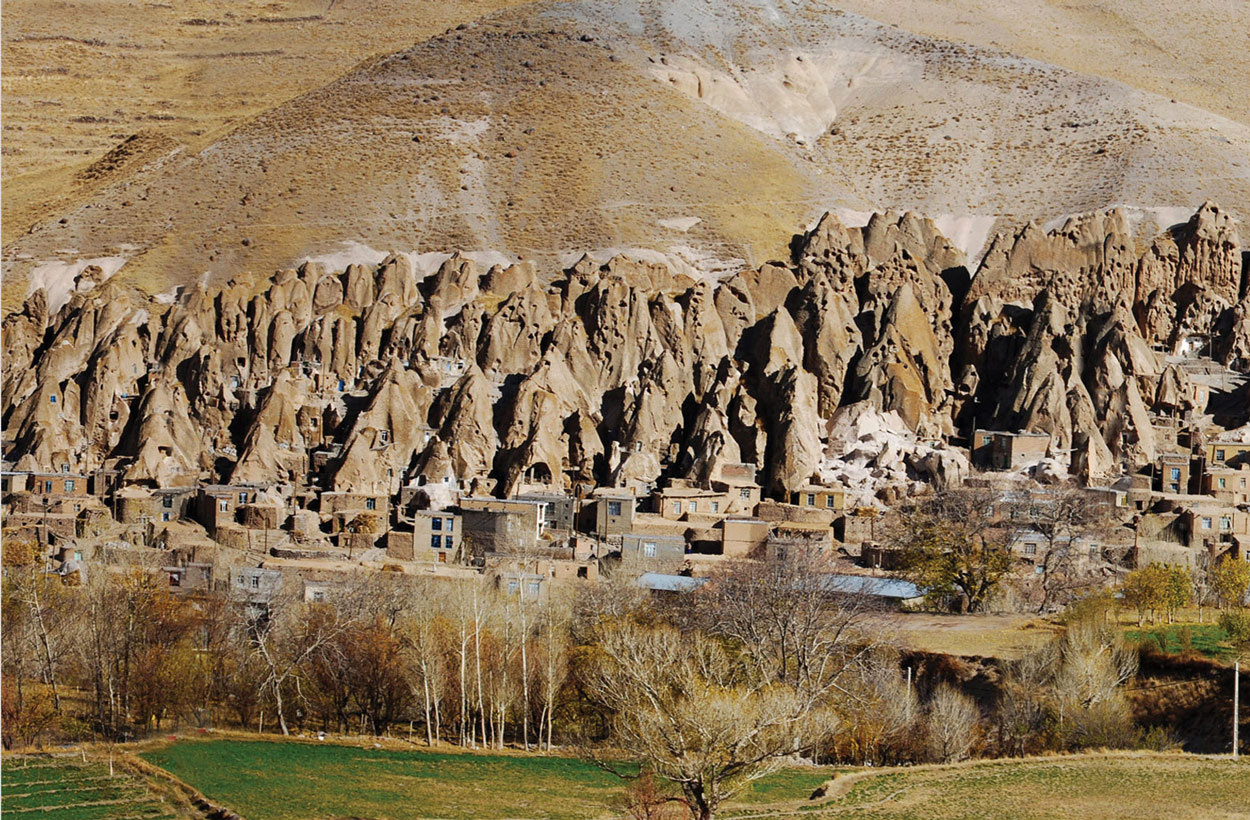
Kandovan Village, located near Tabriz, is a unique historical village famous for its rock-hewn homes carved directly into volcanic cliffs. Some of these homes have been continuously inhabited for hundreds of years, creating a distinctive and picturesque landscape. Visitors to Kandovan can explore the village’s narrow pathways, traditional lifestyle, and enjoy local cuisine while experiencing one of Iran’s most remarkable examples of vernacular architecture.

Babak Castle, located in the mountainous region near Tabriz, is an ancient fortress associated with the legendary Persian hero Babak Khorramdin. Perched on a steep cliff, the castle served as a stronghold for resistance against the Abbasid Caliphate during the 9th century. Visitors can hike to the fortress, explore its ruins, and enjoy panoramic views of the surrounding mountains while learning about the remarkable history of Babak and his struggle for Persian independence.
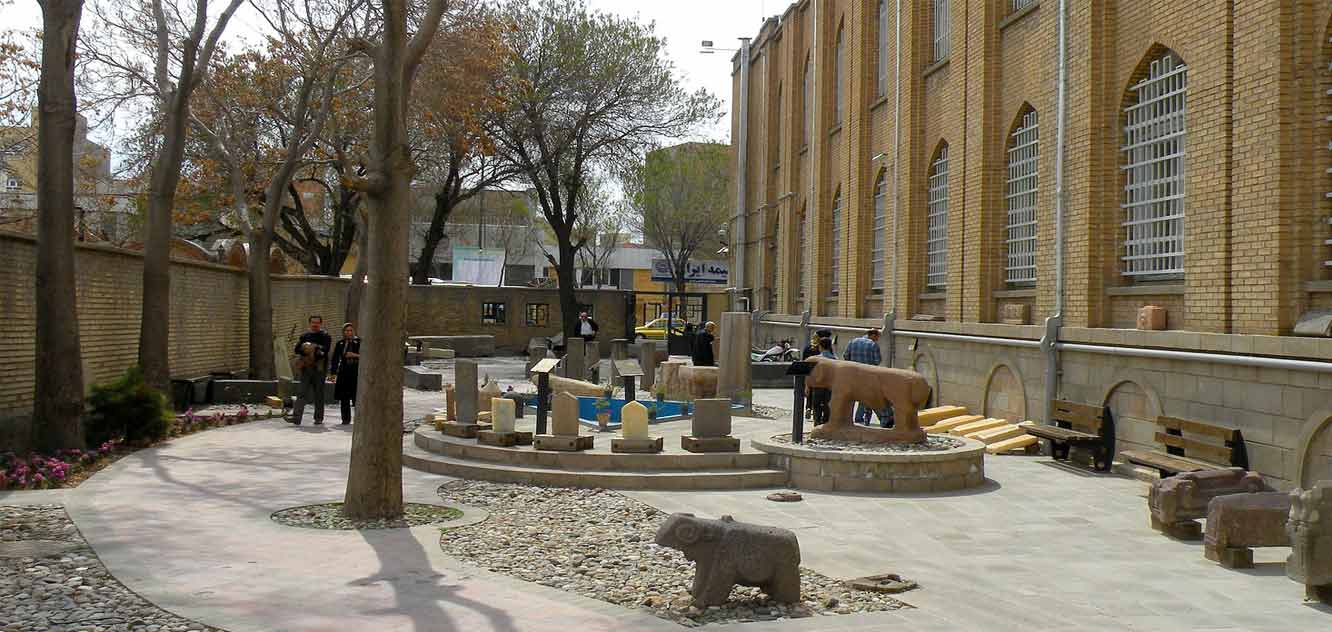
Azerbaijan Museum, located in Tabriz, is one of the most important museums in northwestern Iran. It houses extensive collections of artifacts from prehistoric times, the Islamic era, and regional history, including pottery, coins, manuscripts, and traditional crafts. The museum provides visitors with a comprehensive overview of Azerbaijan’s rich cultural heritage and historical significance, making it a must-visit destination for history and art enthusiasts.

Jolfa and the Aras Free Zone in northwestern Iran are known for their rich cultural heritage and stunning natural landscapes. The region is home to historic Armenian monasteries such as Saint Stepanos, Saint Thaddeus, and Saint Sarkis, many of which are UNESCO World Heritage Sites, showcasing remarkable architecture and centuries-old frescoes. Alongside these cultural landmarks, the Aras River and surrounding mountains offer picturesque scenery, hiking opportunities, and recreational areas, making Jolfa and the Aras Free Zone a unique destination where history, culture, and nature come together.b
+989301903026
+982166126539
Info@Rosha.Travel
Saturday - Thursday 09 Am – 05 Pm
Iran, Tehran, End of Keshavarz Blvd, Corner of Ghajar Alley, North Jamalzadeh St, No. 528, Unit 4, 2nd Floor